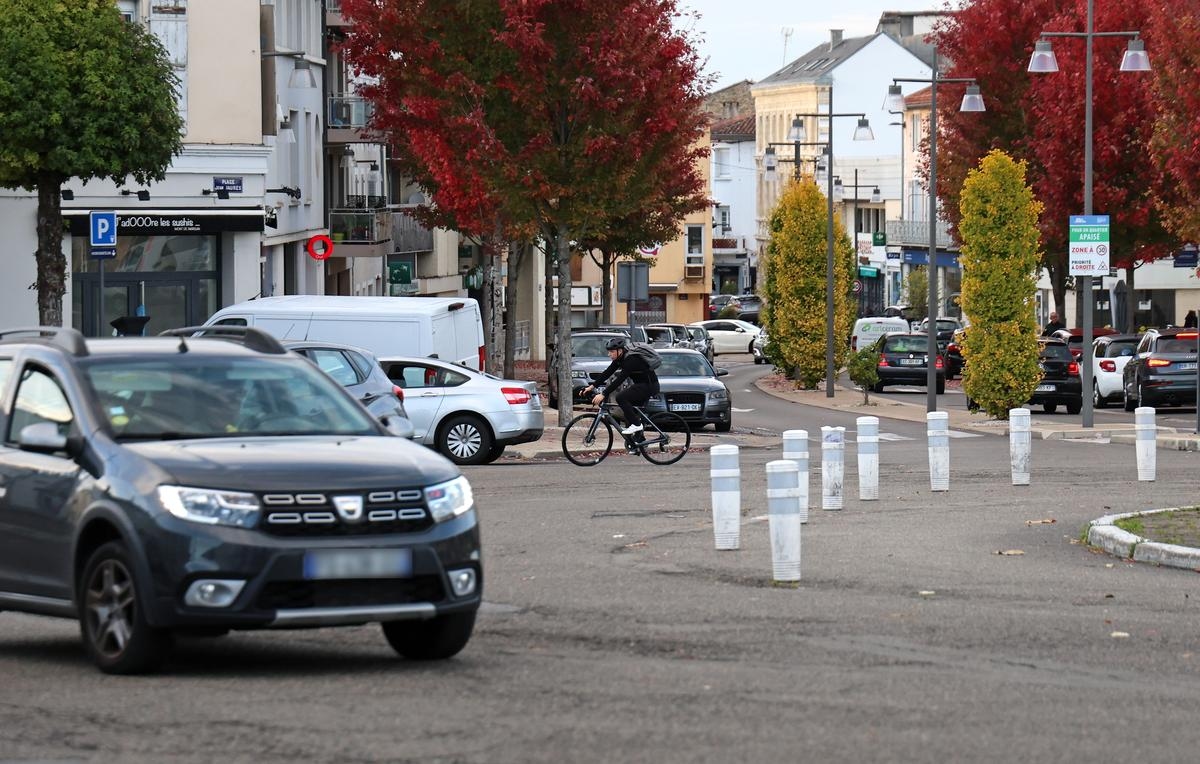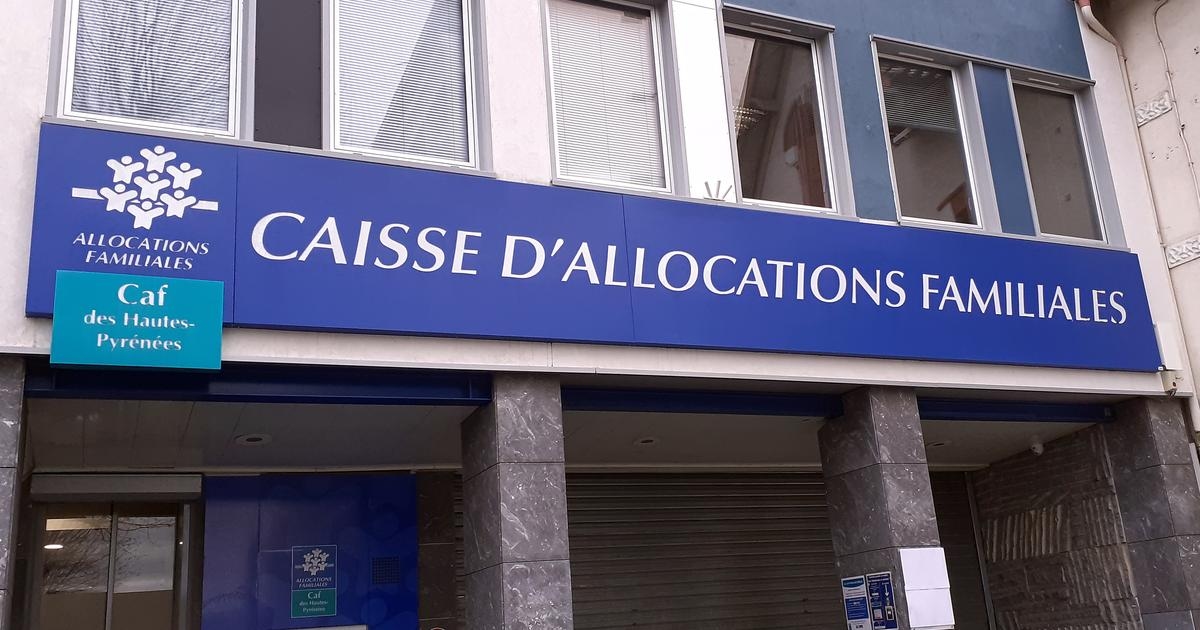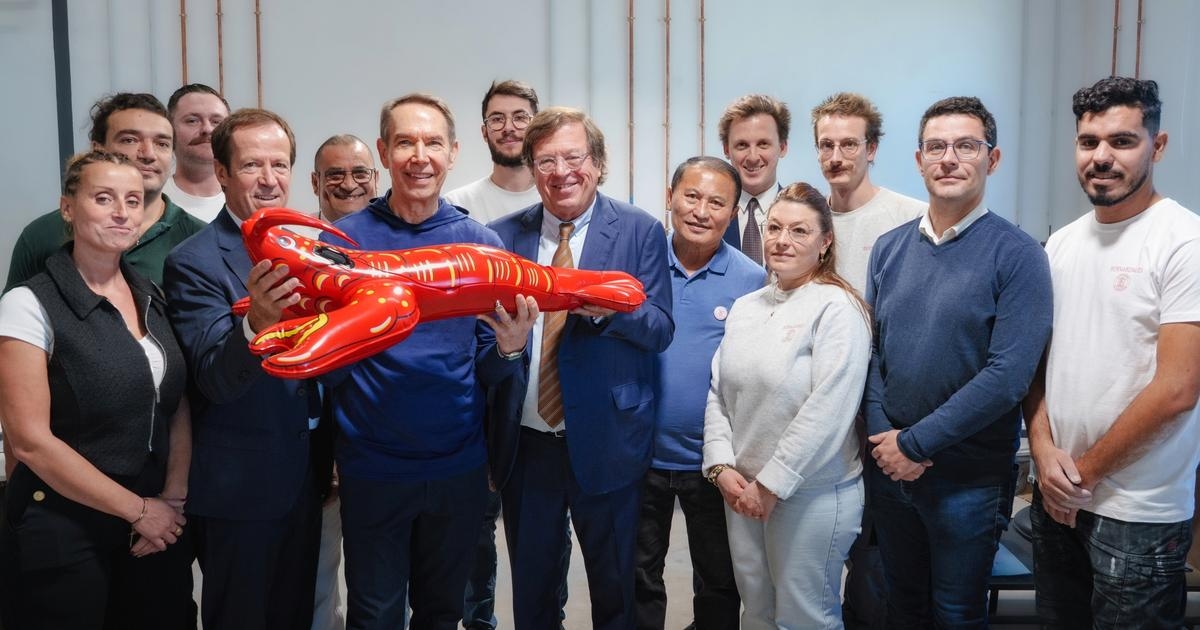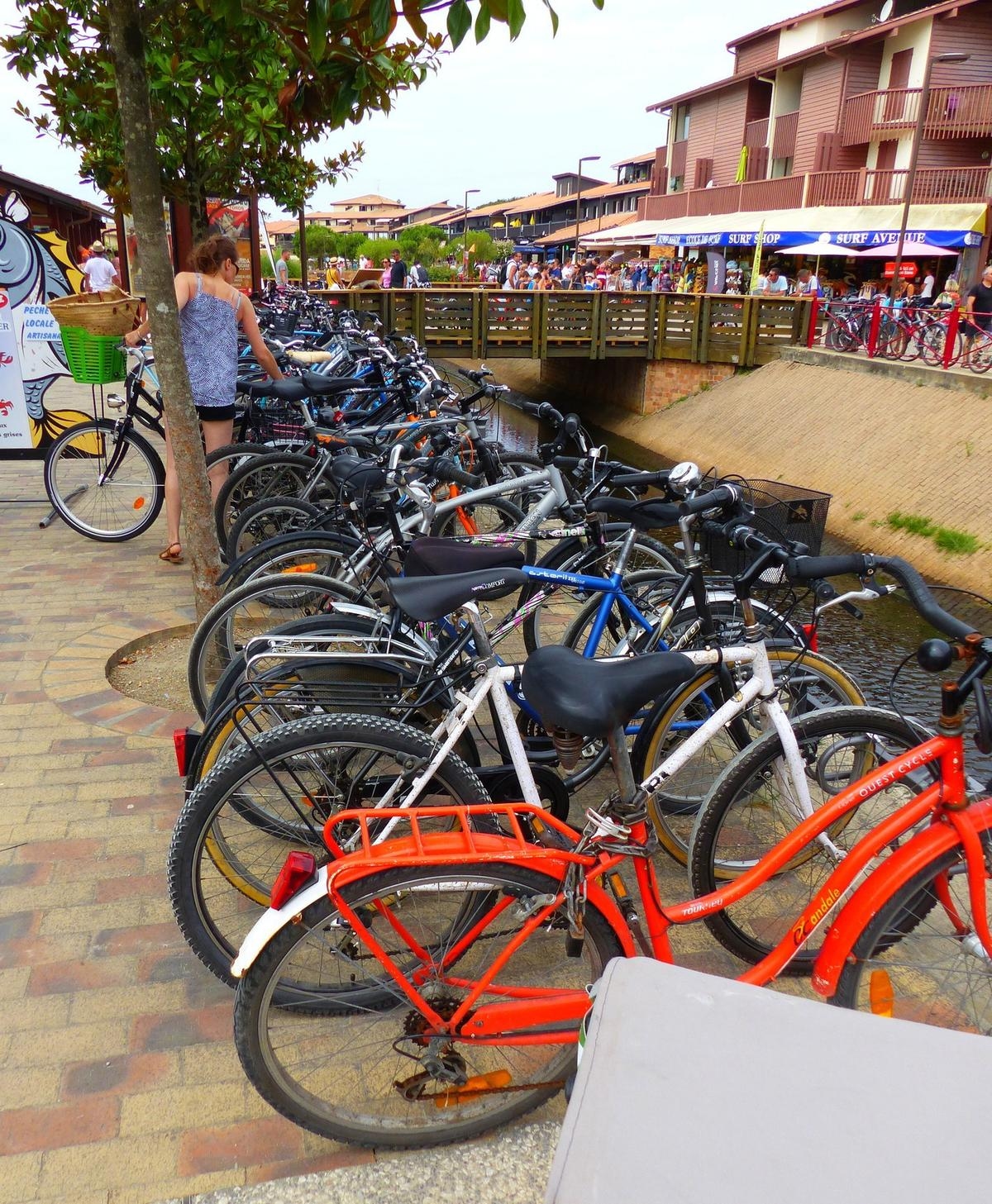Cycling barometer 2025: in Mont-de-Marsan, progress but still major problem areas

Despite some efforts and the increasing number of 30 km/h zones, the city remains rather unfavorable to cycling, hampered in particular by geographical constraints and a "crossroads of hell".
At the entrance to the city, Mont-de-Marsan proudly displays its "Ville à vélo" label from the Tour de France, as a souvenir of the passage of the Grande Boucle in 2023. On the ground, the reality is more contrasting, as evidenced by the result of the 2025 Cycling Barometer.
Cyclists who responded to this large citizen survey gave the municipality a score of 3 out of 6, classifying it as E, after receiving an F in the 2019 and 2021 editions. This reflects a context "rather unfavorable" to cycling, but also progress (parking availability, feeling of safety).
Daniel Rocher, president of the Mont2Roues association, generally shares this observation: "It should be noted that there have been improvements made by the City, in terms of communication around cycling, but also with the fact of making almost all neighborhoods 30 km/h zones. This has not been felt on this barometer, because it is too recent, but I am quite confident that lowering the speed will also reduce the feeling of insecurity on a bicycle, which is the main obstacle to cycling," he recalls.
"Urban Jungle" at SablarUntil the measure has its full effect, the impression remains that cycling doesn't occupy a central place in Mont-de-Marsan. "We're suffering from a national context; we see that the best results are mostly in large cities or on the coast," notes Philippe Eyraud, deputy mayor of Mont-de-Marsan in charge of mobility. "For medium-sized towns in the center of the country, it's more complicated; there's a stronger car-centric mindset. We're making progress, we're working with associations to meet their needs, but it's true that there are problem areas where it's difficult to change things."
Among these problem areas, one stands out as a major issue for both residents of Mons and passing motorists: the Sablar roundabout. "Intersection of hell"; "urban jungle": these are some of the comments from contributors to the Cycling Barometer . "Heavy traffic, right-of-way rules ignored, very high level of danger for cyclists," one of them summarizes.
“I understand that some people feel unsafe, it’s not ideal, but until we can rethink a comprehensive project, we are working on improving bypass routes, as we recently did behind the arenas,” explains Philippe Eyraud.
On this point, as on many others, good ideas often run up against the wall of budgetary reality. "The solution would be a Dutch-style roundabout (1), with a great deal of educational support and explanatory signs, but that implies major works and the removal of parking spaces," sighs Daniel Rocher.
After several years of involvement in cycling associations, the activist no longer believes in a revolutionary cycling revolution. "I believe much more in small, inexpensive measures that can be implemented quickly. Like 30 km/h zones, right-turn lanes, bike boxes, or enforcing existing bike lanes."
Lack of continuityFinally establishing continuity between the various cycle paths scattered throughout the city (greenway, Rue Éloi-Ducom, Boulevard Nord, etc.) is another demand, which is making progress thanks to the recent renovation of Avenue Henri-Farbos and the ongoing renovation of Avenue de Sabres. "Ultimately, we want to connect the parks (Jean-Rameau, Îlot Laulom) with clearly marked cycle paths or markings. This includes Place Pancaut; we have that in mind, but not immediately," admits Philippe Eyraud.
The debate remains regarding the city center, a 30 km/h zone, which notably allows cyclists to ride against the flow of traffic (2), but where the lack of cycle paths or road markings discourages even the most daring. On this point, the Mons elected official points to the lack of space: "I don't see how we could create a network everywhere. We need to reduce the space and speed of cars, and strive for a better sharing of space with other modes of transport."
Gambetta, an explosive subjectDaniel Rocher, however, sees a more radical solution. "If there's one demand we really need to push, it's the pedestrianization of Rue Gambetta. All the cities that have pedestrianized their city centers, like Agen, haven't reversed course, and they ultimately resist the exodus of businesses better."
But the subject is explosive, as evidenced by the experiment announced by the City in the spring of 2023, which was never implemented. Philippe Eyraud is treading carefully: "There needs to be discussion with shopkeepers, a comprehensive project to develop to create vibrancy in a car-free city center. We must encourage, not hinder. It's clear that in the long term, we see that it's a win-win situation in the cities where it has been implemented, but there is preparatory work to be done."
With municipal elections just months away, bringing this issue up again would be suicidal for the current majority. But it certainly makes for a good campaign theme.
(1) Type of roundabout that incorporates a cycle track. (2) With the exception of Rue Gambetta.

SudOuest




